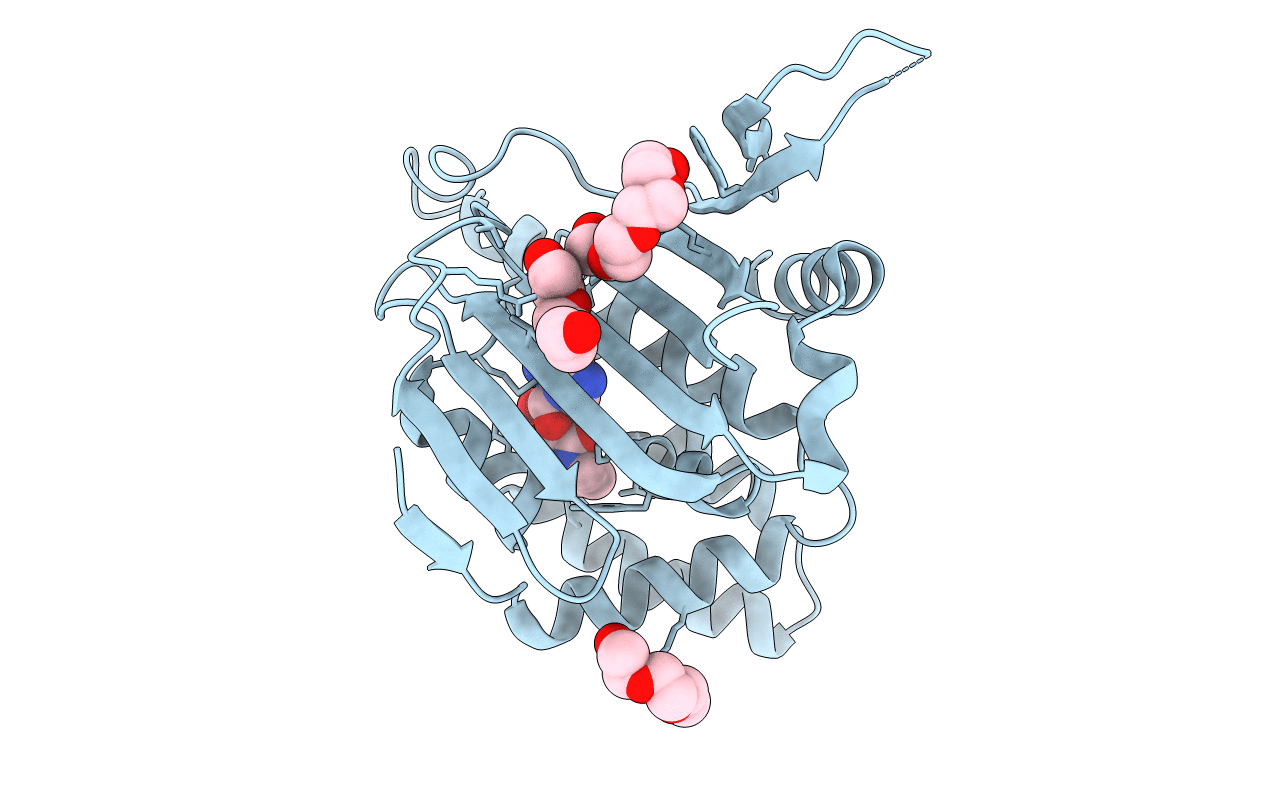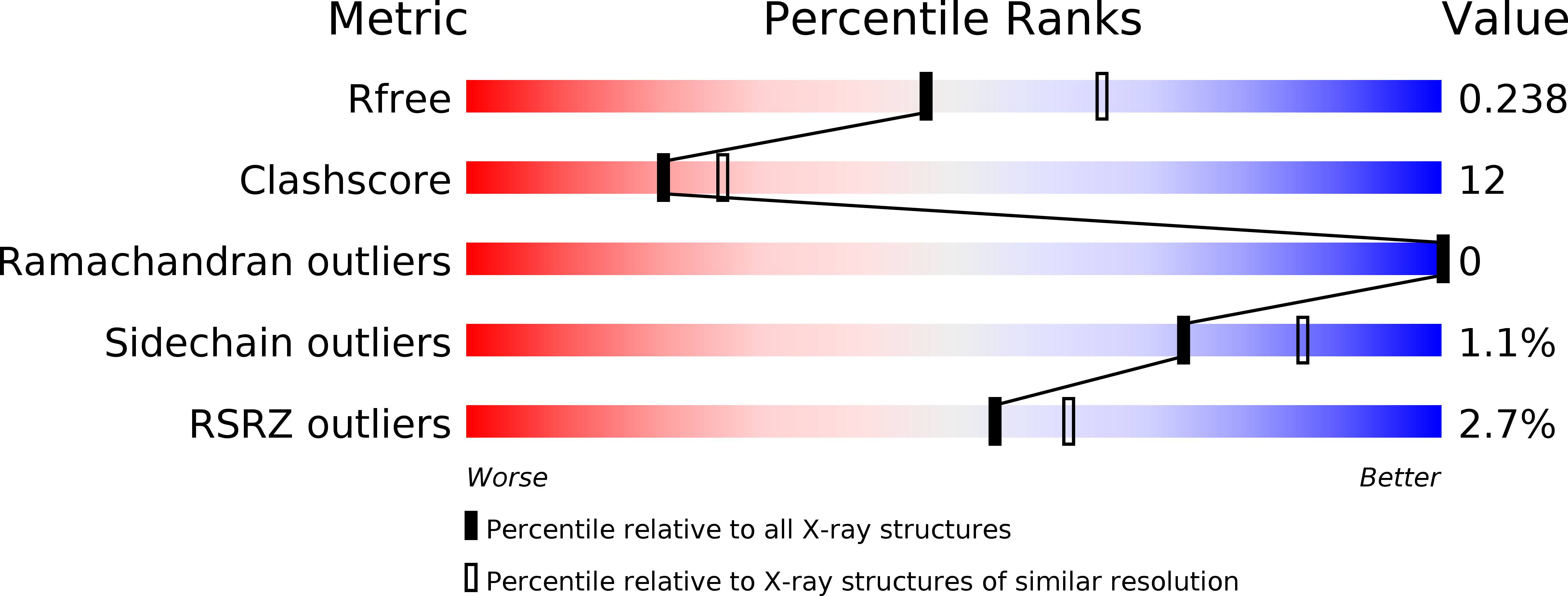
Deposition Date
2018-04-12
Release Date
2018-05-02
Last Version Date
2023-10-04
Entry Detail
PDB ID:
6D1X
Keywords:
Title:
N-Domain Of Grp94, with the Charged Domain, In Complex With the Novel Ligand N-Propyl Carboxyamido Adenosine
Biological Source:
Source Organism:
Canis lupus familiaris (Taxon ID: 9615)
Host Organism:
Method Details:
Experimental Method:
Resolution:
2.30 Å
R-Value Free:
0.23
R-Value Work:
0.17
R-Value Observed:
0.18
Space Group:
C 2 2 21


